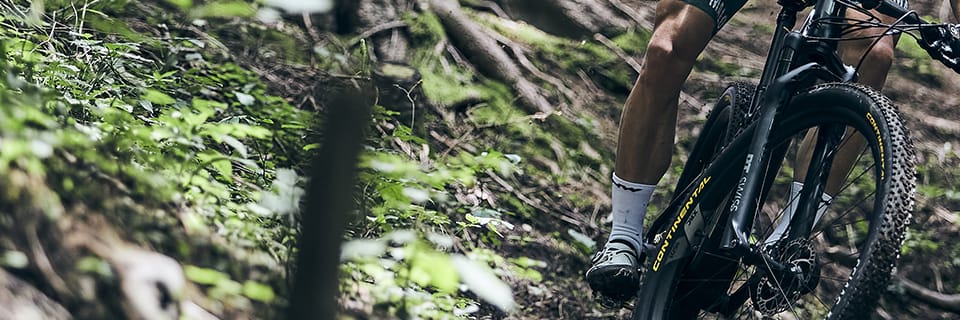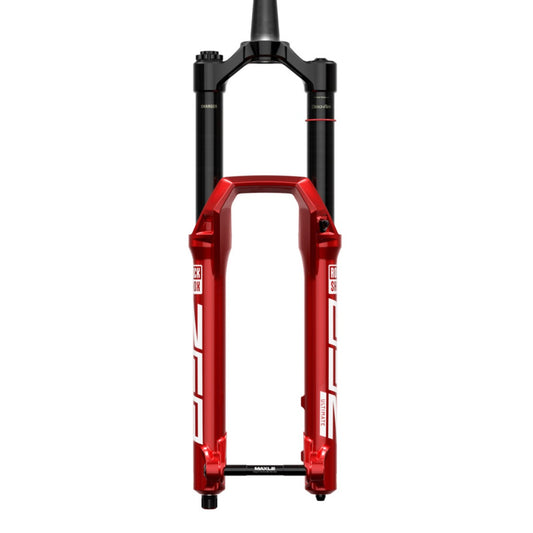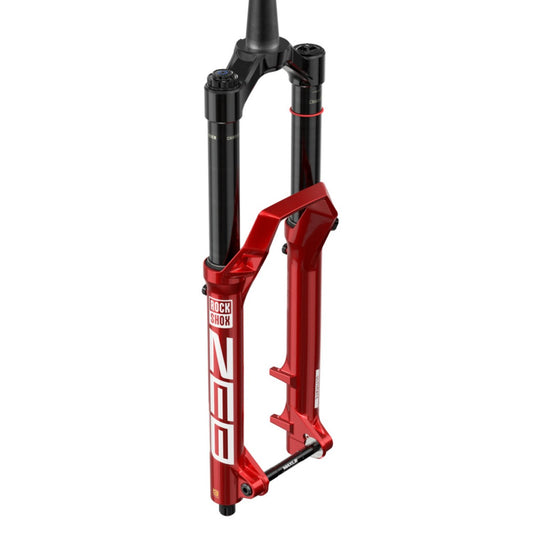The key to precise and comfortable riding, the mountain bike fork forks must be carefully selected. Increasingly sophisticated and high-performance, their choice is all the more complex. Here's a guide to help you find the fork that's right for you.
Standard forks
You won't necessarily be able to fit just any fork. Apart from the choice of technology, you'll need to consider the following points, depending on compatibility with your frame and front wheel:
- Fork pivot diameter: 1"1/8, tapered 1.5"-1"1/8 or 1.5".
- Fork travel: make sure you comply with your mountain bike manufacturer's specifications.
- Front wheel axle type: 9 mm, 15x100 mm, 15x110 mm (Boost), or 20 mm
- Front wheel diameter: 26", 27.5", 27.5" Plus, 27.5" Boost or 29".
Fork types
A suspension is always made up of 2 distinct elements: the spring and theshock absorber.

a The air or coil spring
The air springs (or air springs) a1 are lighter and offer what's known as progressive operation. They enable simpler, finer adjustment to the rider's weight, using a high-pressure pump. Depending on make and model, it's also possible to modify the volume of the air chamber: the greater the air volume, the more linear the behavior; the lower the air volume, the more progressive the suspension. They do, however, require more frequent maintenance and are slightly less sensitive to small shocks.
The coil springsa2 coil springs are more sensitive to small shocks and offer what's known as linear operation. On the other hand, they are heavier and will require replacement of the original spring if it is not adapted to your weight.
 |
 |
b The shock absorber, always hydraulic
The function of the hydraulic part is to control the compression (or depression) of the shock absorber. b1 and rebound b2 of your fork by laminating the oil inside. There are several types of cartridge, with more or less advanced adjustment possibilities.
 |
 |
Which fork is right for my riding?
The elements to take into account when making your choice are: travel, adjustability and weight.
-
Hiking
For a leisurely ride, you can opt for a coil-spring fork if you're looking for reliability, or a pneumatic fork if you're looking for performance, with travel between 100 and 130 mm. Keep things simple, with a fork lockout for very rolling sections or climbs, and simple rebound adjustment.
-
Enduro
For Enduro riding, an air system is best for maximum performance on relaunches, with 140 to 180 mm of travel to handle everything at high speed. Rather than a fork lockout, you'll opt for a compression adjuster to adapt to the different characteristics of the terrain, and a rebound adjuster.
-
Cross-Country
For Cross-Country outings on a semi-rigid or full-suspension mountain bike, opt for a lightweight fork with an air system and 80 to 120 mm travel to limit losses due to pumping. A handlebar lock, if possible, and a rebound adjuster are necessary for sporting use.
-
DH / Freeeride
In DH / Freeride, we recommend 200 mm double-tee forks, generally with coil springs for obvious reasons of reliability; but air systems, which are becoming more and more efficient, are also beginning to make their mark in this field. High and low speed settings are recommended for compression and rebound.
-
All-Mountain
For All-Mountain riding, the performance and lightness of an air fork will be an asset, but a coil spring can also be a good choice for its robustness. You'll need to opt for a travel of between 130 and 160 mm if you want to ride your full-suspension mountain bike smoothly downhill. Fork locking is not compulsory, but compression and rebound adjustment is recommended to suit all types of trail.
Découvrez tous nos conseils & Tutoriels
MTB - Forks 29"
-
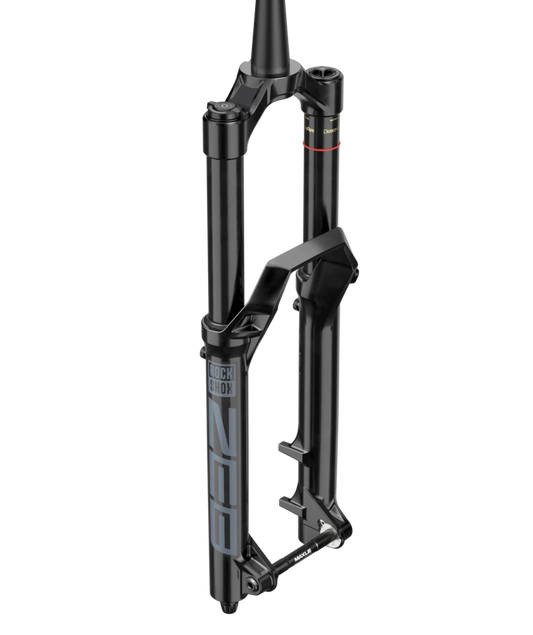
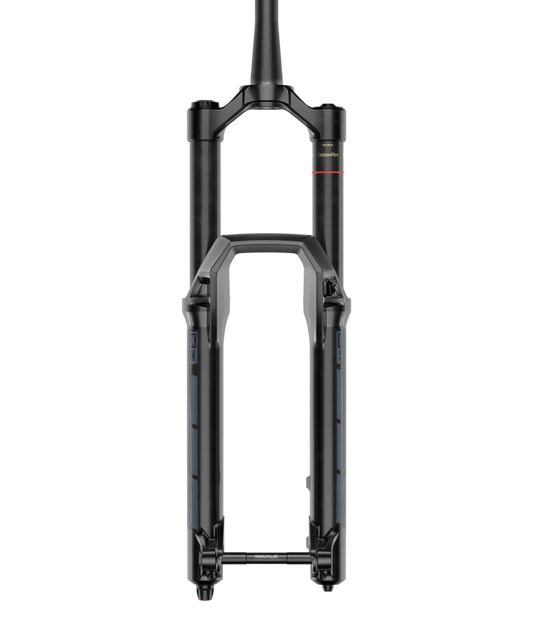
ROCKSHOX ZEB BASE RUSH RC 29" Debonair+ Axle 15x110 mm Boost Conical Gloss Black
Regular price 349,90 €Regular priceUnit price per -
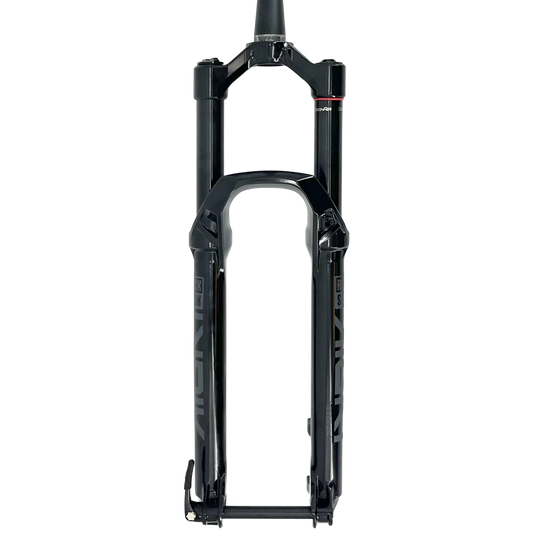
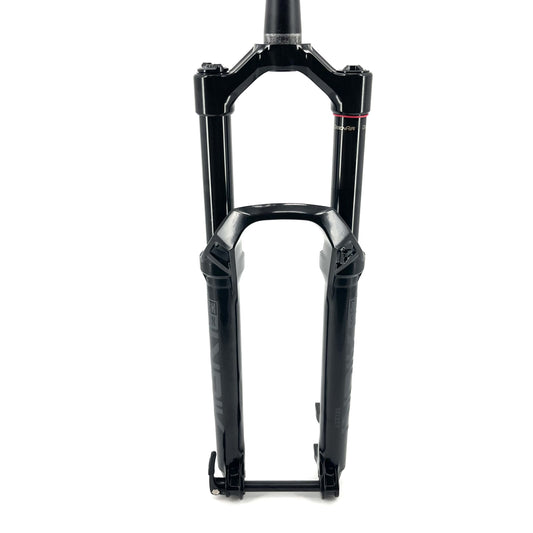
ROCKSHOX LYRIK SELECT CHARGER RC 29" DEBONAIR+ Tapered Fork 15x110mm Boost Black
Regular price 299,90 €Regular priceUnit price per -
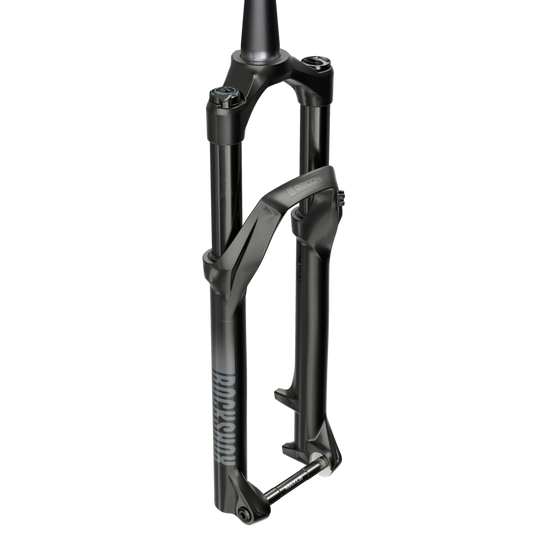
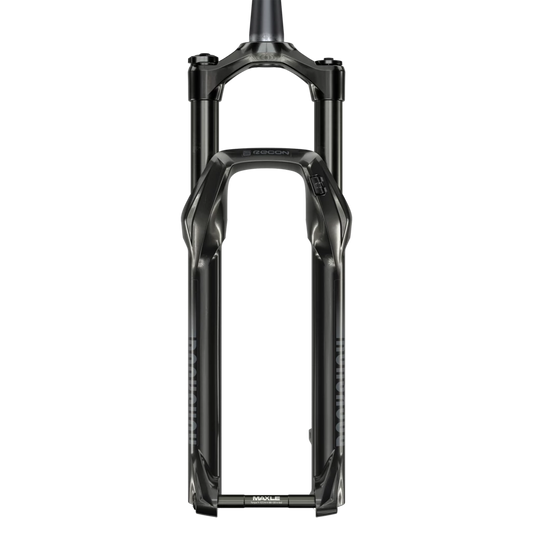
ROCKSHOX RECON GOLD RL 29" Conical Fork Axle 15x110mm Boost Black
Regular price 189,90 €Regular priceUnit price per -

ROCKSHOX REBA 29" SoloAir Conical Fork Axle 15*110mm Boost Black
Regular price 299,90 €Regular priceUnit price per -
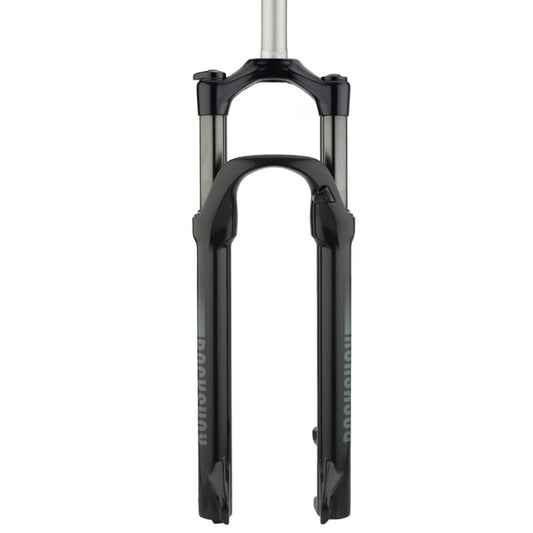
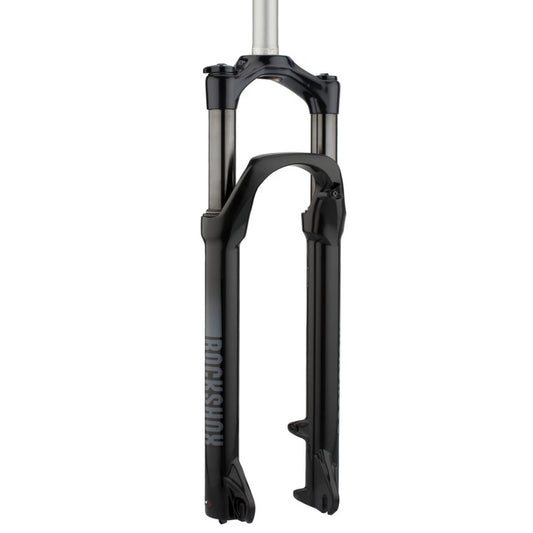
ROCKSHOX JUDY SILVER TK 29" SoloAir Fork Straight Pivot Axle 9x100mm QR Black
Regular price 159,90 €Regular priceUnit price per -
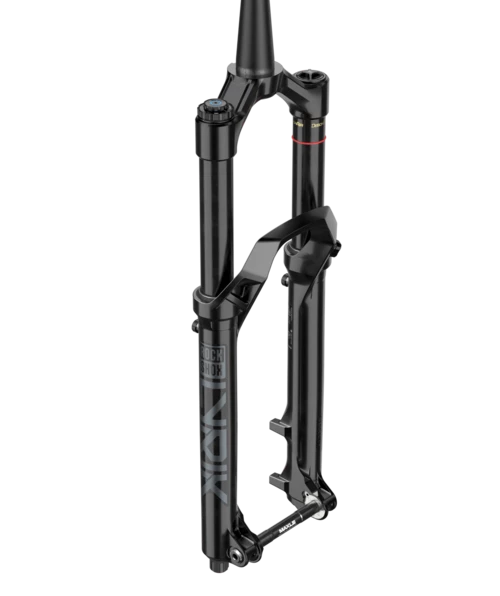
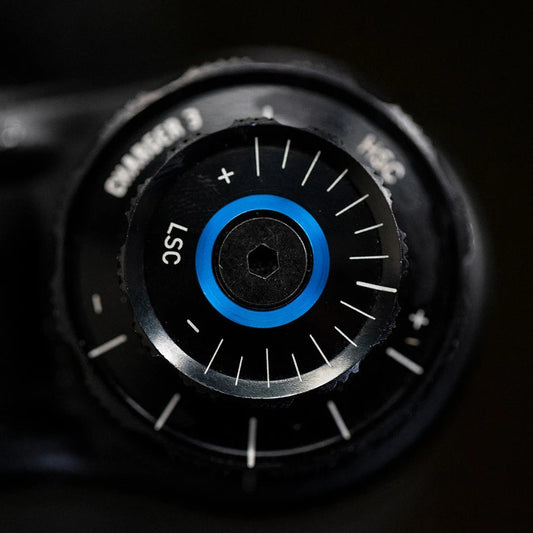
ROCKSHOX LYRIK SELECT+ CHARGER 3 RC2 29" DEBONAIR+ Tapered Axle 15x110mm Boost Black fork
Regular price 399,90 €Regular priceUnit price per -

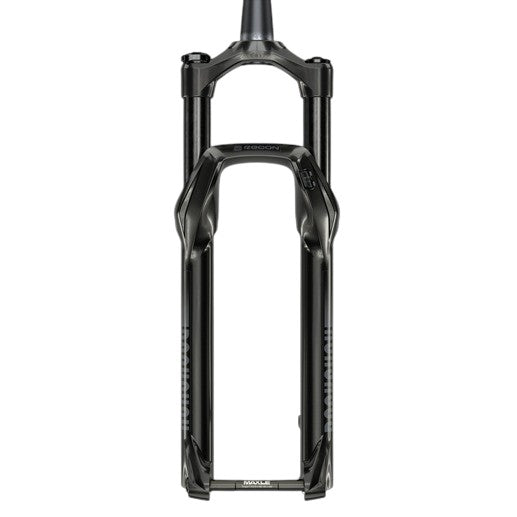
ROCKSHOX RECON SILVER RL 29 SoloAir fork Straight Pin 9x100mm QR Black
Regular price 219,90 €Regular priceUnit price per
